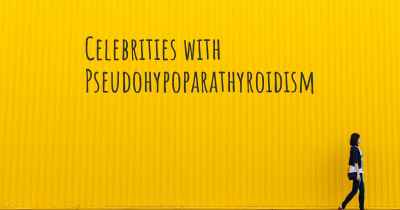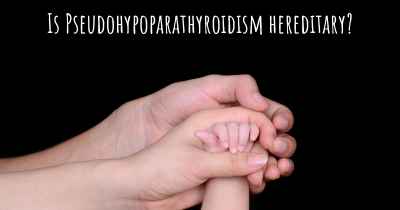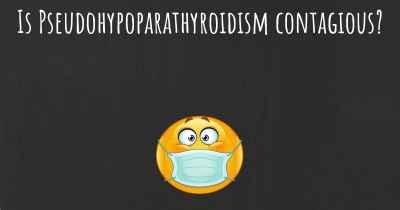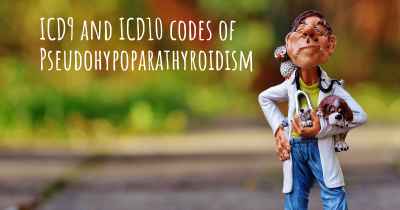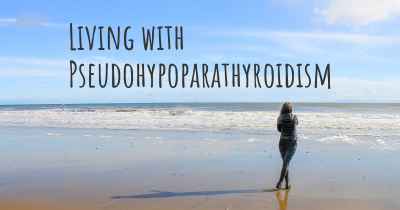18
What is the prevalence of Pseudohypoparathyroidism?
How many people does Pseudohypoparathyroidism affect? Does it have the same prevalence in men and women? And in the different countries?
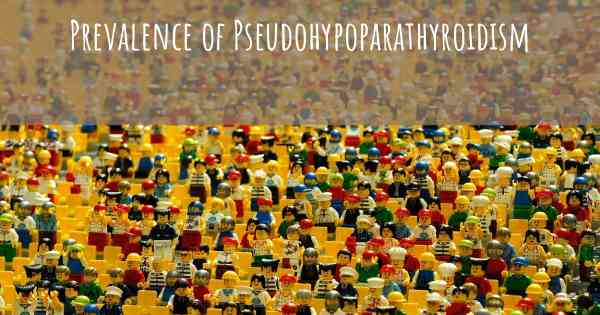
Pseudohypoparathyroidism is a rare genetic disorder that affects the body's response to parathyroid hormone (PTH). It is estimated to have a prevalence of approximately 1 in 20,000 to 1 in 40,000 individuals worldwide. This condition can manifest in different ways, including skeletal abnormalities, developmental delays, and hormonal imbalances. Pseudohypoparathyroidism is typically inherited in an autosomal dominant manner, but sporadic cases can also occur. Early diagnosis and management are crucial for individuals with this condition to prevent complications and optimize their quality of life.
Pseudohypoparathyroidism is a rare genetic disorder that affects the body's ability to respond to parathyroid hormone (PTH). It is estimated to occur in approximately 1 in every 20,000 to 40,000 individuals worldwide. Although it can affect people of all ethnic backgrounds, there is some evidence to suggest that certain populations may have a higher prevalence.
Pseudohypoparathyroidism is characterized by the **impaired signaling** of PTH in target tissues, leading to **hypocalcemia** (low calcium levels) and **hyperphosphatemia** (high phosphate levels). The disorder is often associated with **short stature**, **round face**, and **shortened metacarpals** (bones in the hand).
There are several subtypes of pseudohypoparathyroidism, including type 1a, type 1b, and type 2, each with its own distinct features and inheritance patterns. Type 1a is the most common form and is typically inherited in an autosomal dominant manner.
Diagnosis of pseudohypoparathyroidism involves clinical evaluation, blood tests to assess calcium and phosphate levels, as well as genetic testing to confirm the specific subtype. Treatment primarily focuses on managing the symptoms and complications associated with the disorder, such as calcium and vitamin D supplementation.
While pseudohypoparathyroidism is considered a rare condition, it is important to raise awareness about its existence and support affected individuals and their families in navigating the challenges associated with this genetic disorder.
Diseasemaps

